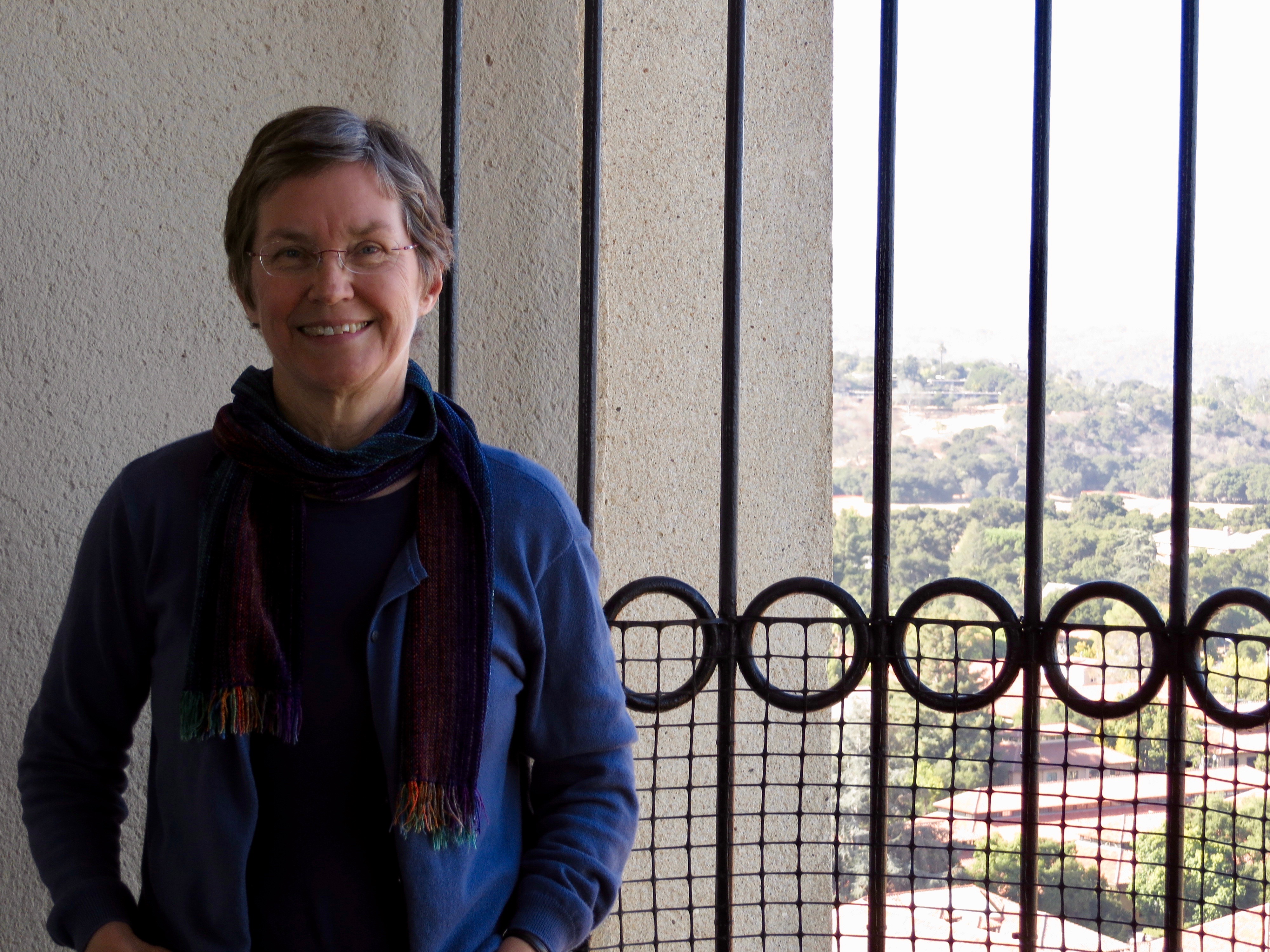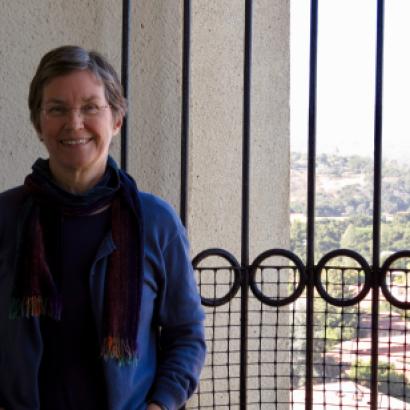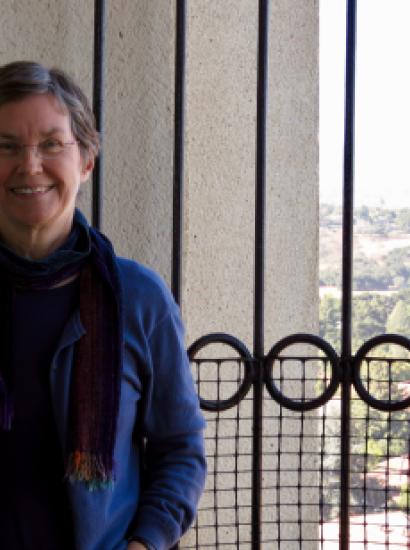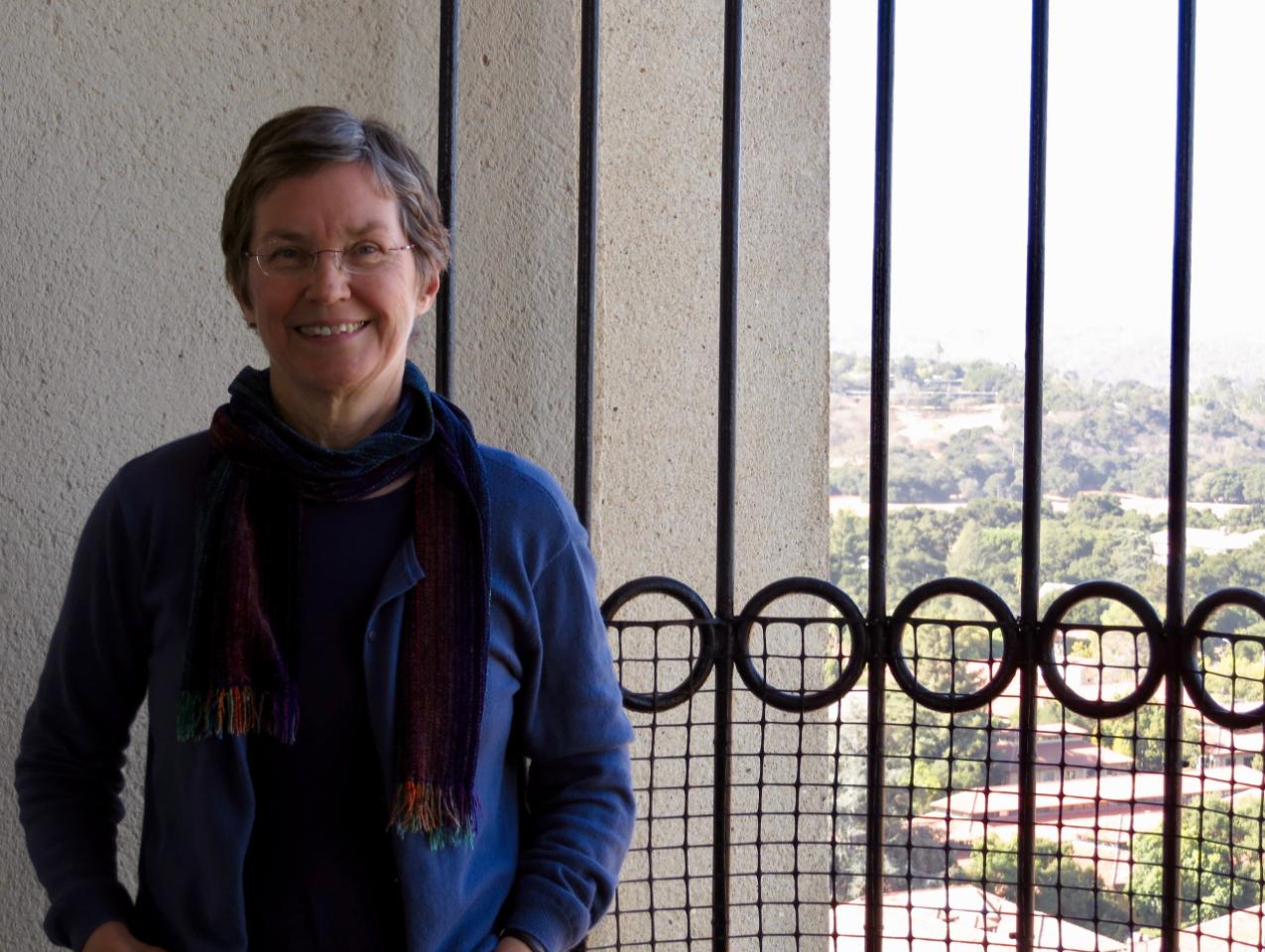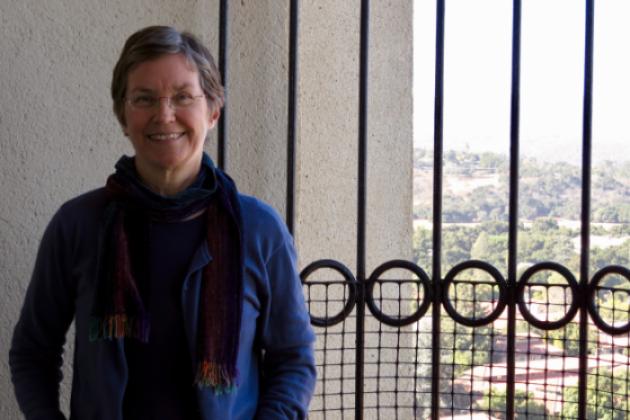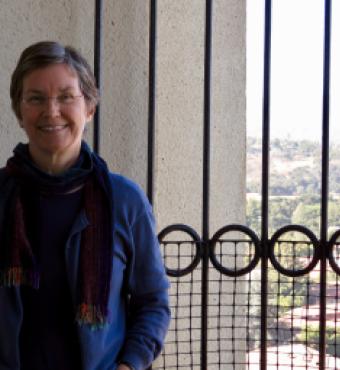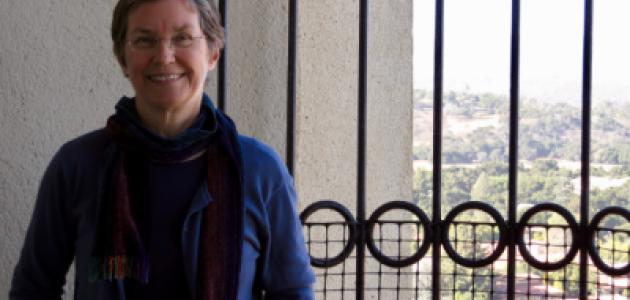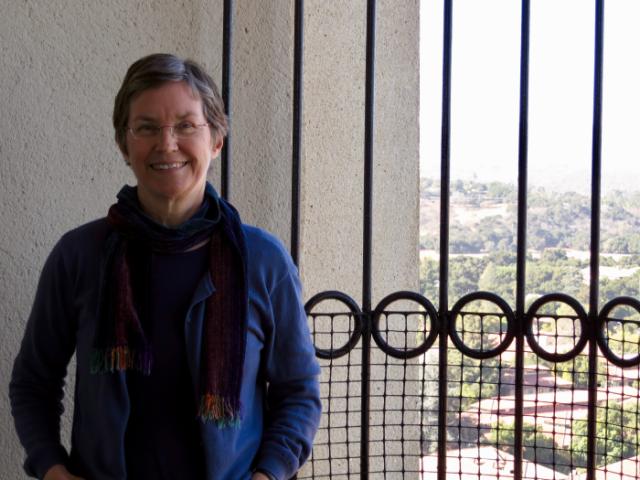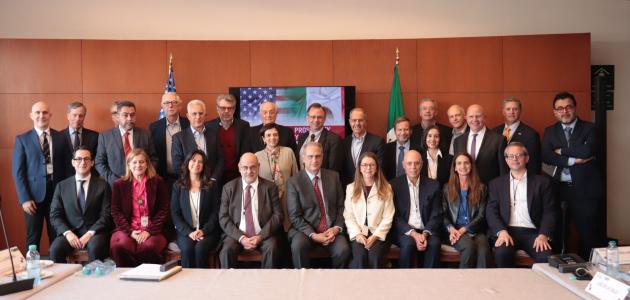By Edith W. Clowes (clowes@virginia.edu)
During fall 2017 Scholar Research Support from the Hoover Institution allowed me access to diaries and imaginative literature written during World War I and the Russian civil war, as well as memoirs written directly after. I used these forms of testimony to understand complex shifts in geo-political identity among ordinary literate Russians at a time when Russia as a country and an empire was crumbling.
Imaginative literature looms large among the drivers of social and political identity formation in the modern world—acts of reading and writing literary art empower even newly literate people to articulate their views of themselves and their place within a larger imagined community. In modern Russian history this claim was never truer than during the turbulent period between Russia’s entry into World War I in 1914 and the Bolshevik victory in 1922, ending Russia’s civil war. In 1914 Russia’s level of literacy was at an historic high—between 40% and 45% of the population—and growing rapidly. Since the very late 19th century, no matter what party or social group one belonged to (whether conservative, moderate, or radical), reading and writing had become high-status activities. This impressive growth in literacy came at a time when place-based identity—the unifying ideas of “Russia” and “homeland”—hung in the balance. Failing on the battle front, tsarist Russia was falling to pieces. The new imagined map of an international workers’ world that would supersede older nations and empires was being strenuously promoted but had not yet taken hold. The geo-political map fractured, and identities that might once have coalesced around the large idea of “Russia” now often focused on other kinds of place, whether the larger-scale Marxist “world” or smaller scales of region, city, and village. Moreover, unlike most eras in the history of Russian writing culture—and despite famous cases such as the suppression in 1920 of Zamiatin’s dystopian novel, We—these 9 years saw a relatively small degree of censorship control over what saw the light of day. It was a moment when a broad range of opinions and identities could reach at least some readers. Publishing and self-publishing went on even in small towns across the old empire. When we connect the high status of literacy across Russia’s population, the relative candidness and breadth of expression of identity, and the crisis in geopolitical “belonging” in these rancorous war years, we find that imaginative literature from these years offers a goldmine of insight into the range of Russian identity and the tremendous price that the Soviet rulers would eventually pay for their enforced unity of vision.
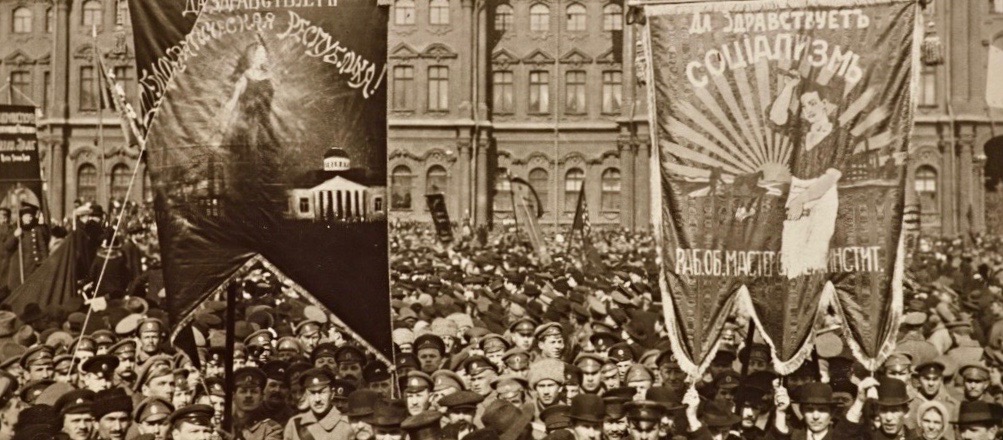
My book project, “The Politics of Literary Cartography: Visualizing Russian Identity during World War I, Revolution, and Civil War (1914-1922),” examines the relationship between spatial consciousness and geo-political identity through the lens of a broad array of personal writing, literary art, and public commentary written in those crucial years. Basic literary publications were culled from an enormous bibliography, Russkie poety XX veka: Materialy dlia bibliografii (edited by L.M. Turchinskii, Moscow: Znak, 2007). During fall 2017 the team of seasoned and knowledgeable archivists at the Hoover Archive made a trove of unique sources available to me. For example, the diaries of Anna Andreeva (wife of popular writer, Leonid Andreev) and the memoirs of populist political leader Ekaterina Breshko-Breshkovskaia and minor Moscow writer K. El’tsova (pen name of Ekaterina Mikhailovna Lopatina) provide context for understanding educated urban civilians’ war experience. A handwritten poetry album by the modernist Nikolai Gumilev and major modernist poet Marina Tsvetaeva’s civil-war poetic “journal,” The Swan Encampment (Lebedinyi stan)—preserved and published by Professor Gleb Struve,—add important primary documents to the large poetic database that I am building to study the intersection of place and identity in this modern “time of troubles.” Because the Hoover documents became available mainly through various waves of Russian emigration, they have added importance because they balance the predominantly pro-revolution Bolshevik sources I have found elsewhere.
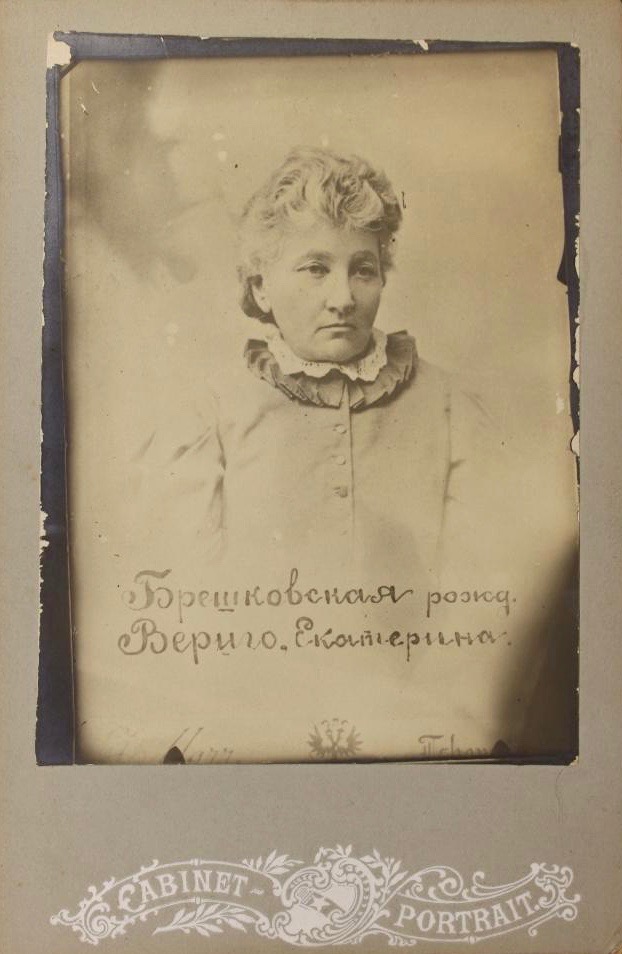
Working at the Hoover Archive has helped me progress toward my three goals for this project. My first aim is to create a large database of 100-150 titles, which is now about 80% done. Next, I plan to create a website, “Russian Imagined Geography in the Years of War and Revolution.” Using GIS and Neatline mapping software, my goal is to produce and interpret digital maps of Russia’s writing and publishing communities as they are represented in wartime writing culture, even as the tsarist state crumbled. Text mining tools, such as Voyant and Python topic modeling, are allowing me to examine word frequency and clusters of words denoting geopolitical and geo-cultural identity in context. The website will also offer links to all available on-line and print information about both major and everyday writers, as well as originals and translations of their relatively unknown poetry. Finally, a book about wartime Russia as it appears through the eyes of these approximately 100 writers will offer genuinely new insight into perceptions of geo-cultural belonging during this traumatic time.
As an additional benefit for this project, perusing two drafts of Pasternak’s epic, Doktor Zhivago, held at the Hoover Archives, led me to an unusual reading of the novel. Rereading it in the context of civil-war writing, we can now interpret the novel as Pasternak’s process of creating his own “Russia.” Though relatively ignored in the critical commentary, attention to geo-political names and concepts shows the ways in which Pasternak put his own imprimatur on the Russian map, something that certainly challenged and irritated his Soviet handlers. An article demonstrating Pasternak’s personal mapping of wartime Russia will be valuable to both literary scholars and historians.
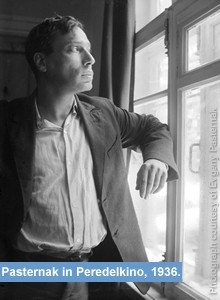
My geographical benchmarks for this project are threefold. For the sake of comparison, we have two socially and politically established geographies: the more settled imagined geography from nineteenth-century Russian writing culture (for example, Gogol’s provincial Mirgorod, Chekhov’s and others’ village Russia, and Turgenev’s and Tolstoi’s estate Russia); and the Soviets’ increasingly Moscow-controlled Soviet domain (we think of Furmanov’s Volga territory and Ostrovskii’s Western Ukraine). In addition, actual war-era maps of Russia provide a basis for understanding writers’ imagined geographies. The publications and web materials emerging from this research will show in poignant terms the difficulties and conflicts involved in conceiving war-time Russia as a single country in the hearts and minds of its subjects. These are difficulties that persist to this day.




